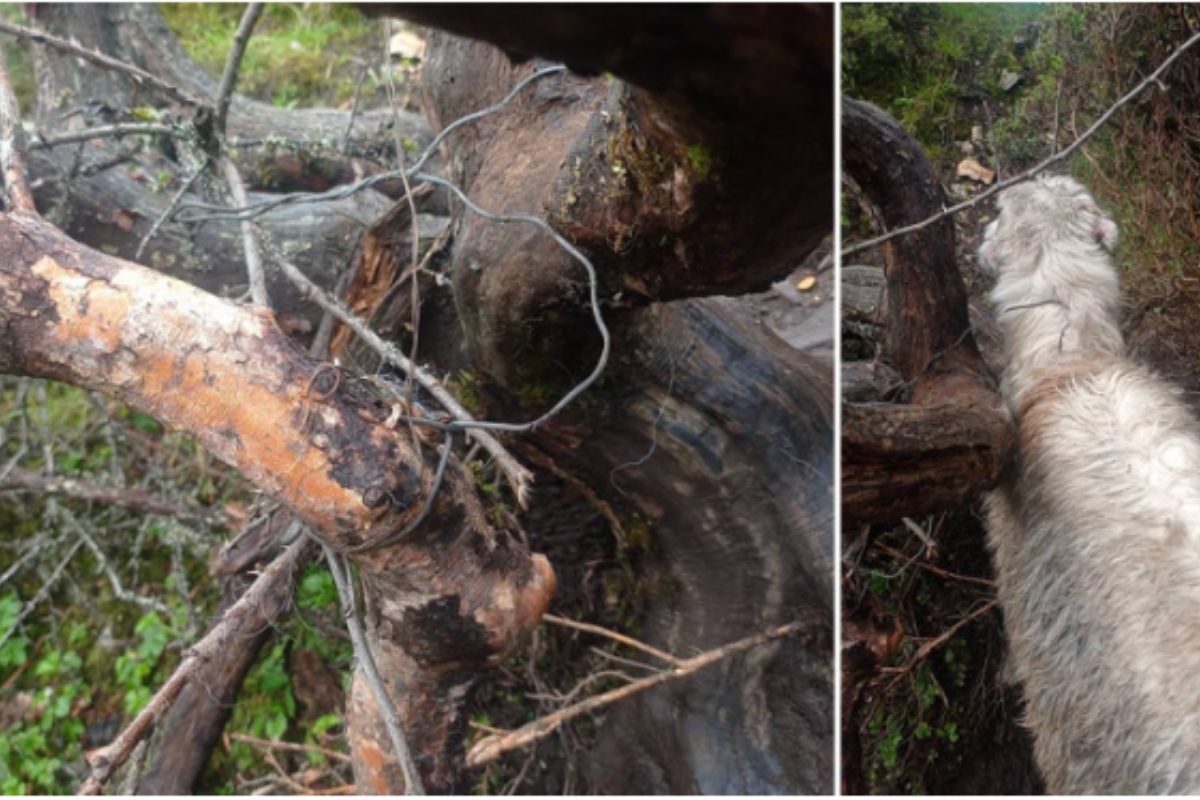An effort to preserve forests, wildlife
The story of nature and wildlife conservation in India, particularly in West Bengal, presents a brighter picture compared to many so-called "developed" industrial nations.
The Kanchenjunga Conservation Area, however, claims that it has been making efforts to control such incidents.

Photo courtesy: Gopal Bista
Gopal Bista, a sheep farmer of Phaktalung Rural Municipality, lost four sheep to traps set by smugglers in the past two months. He lost 26 other sheep in a similar way over the past few years.
“The smugglers install wire traps by using pointed wooden spears and iron wire to cover fallen tree stumps. The sheep get trapped in these wire mesh while grazing in the area,” said Bista. “Most of the animals die instantly because the sharp spears puncture their vital organs. Some survive with their legs entangled in the wire traps.”
Advertisement
“Other animals let out cries once they get trapped so they can be rescued immediately. But the sheep do not cry like other animals,” he added.
Advertisement
According to Bista, several traps were found in Andhapokhari, Selele, Kurlung Bhereni, Charrate, Tawalase and surrounding areas which are above 4,300 metres altitude.
Poachers and smugglers of animal body parts install traps in various places of the Kanchenjunga Conservation Area every year to catch musk deer and Himalayan black bear. The smugglers mainly target musk deer to extract its musk gland and Himalayan black bear for their gallbladder along with their hides and other body parts.
A Nepal Army team from Phungling, the district headquarters of Taplejung, destroyed 21 traps in Deuma, Chene, Mauwatar and Tigu among other places in Olangchungola of Phaktalung Rural Municipality-7 four years ago. These traps were set up between the altitude of 3,500 to 4,200 above sea level.
Before the Covid-19 outbreak, the Army team used to regularly patrol the area to search for possible traps and dismantle them. The local people claimed that the smugglers intensified their activities in the Kanchenjunga Conservation Area as the security personnel and the authorities concerned stopped patrolling the area regularly.
According to a report of the Himali Conservation Forum, a not-for-profit organisation working for red panda conservation, conservationists destroyed 17 traps installed in the Kanchenjunga Conservation Area in the last fiscal year 2021-22.
“It has become routine for us to recover such traps and destroy them every year. Any animal, whether domesticated or wild, can fall into these traps and die,” said Ramesh Rai, the programme officer of the organisation. He urged the concerned authorities to take stringent action against the smugglers who set such traps.
The local people and conservationists have time and again raised questions against the security agencies and the Kanchenjunga Conservation Area for not launching an effective programme to control poaching and smuggling of wildlife in the area.
The Kanchenjunga Conservation Area, however, claims that it has been making efforts to control such incidents.
“Poaching and smuggling of wild animals is a major problem in the area. Search is on in the Ghunsa area to find the suspects who installed the traps,” said Ramesh Yadav, the ward of Kanchenjunga Conservation Area.
Tseten Lama Sherpa, the ward chairman of Phaktalung Rural Municipality-7, said that the conservation authorities, security agencies and the local people should work hand in hand to control poaching incidents and conserve wildlife in the conservation area.
Advertisement